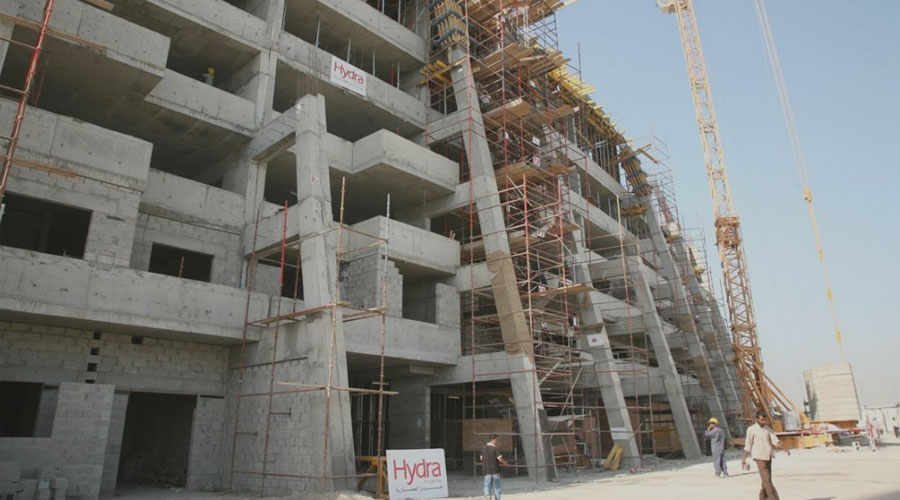The global construction industry is about to embark on a sustained period of growth, driven by the needs of a growing world population and the transition to a more sustainable world. According to a recent report from Marsh and Oxford Economics1, the global construction industry is forecast to grow 42% to $15trn by 2030.
The construction industry is expected to be a major driver of economic growth in the coming decade, outperforming manufacturing and services. The positive growth outlook is based on a number of factors. Rising populations in emerging markets, urbanization and a growing working age population are expected to drive the need for homebuilding, infrastructure and workplace construction.
The transition to a low carbon or net zero economy will require significant investment in alternative forms of energy, such as wind, solar and hydrogen, as well as power storage, transmission and supporting services. According to the International Energy Agency (IEA2 ), pursuing net zero would create a market for wind turbines, solar panels, lithium-ion batteries, electrolyzers and fuel cells of well over $1trn a year by 2050, comparable in size to the current oil market.
The shift to electric transport will also require investment in new plants and battery manufacturing facilities, as well as charging infrastructure and power generation. Ford alone has committed to an $11bn3 investment in new plants. Huge investment is also required to make buildings more sustainable and lower greenhouse gas emissions.
According to the International Finance Corporation4 (IFC), green building in emerging markets represents a $24.7trn investment opportunity by 2030. Climate change adaption and mitigation will also give rise to opportunities for the construction sector. Rising sea levels and increased risk of flooding will require new coastal and flood defenses, as well as sewage and drainage systems. Commercial buildings and plants may need upgrading to protect assets from storms and floods, while ageing infrastructure will need to be upgraded to cope with more extreme weather events.
Covid-19 is also likely to give a boost to construction and engineering. The pandemic exposed shortcomings in public services like health and social care, which could translate to increased spending on hospitals. The pandemic also demonstrated the need for more resilient supply chains, which could stimulate construction as manufacturing plants and warehouses are brought closer to home. Digitalization, which accelerated during lockdowns, is also likely to fuel construction activity, requiring telecommunications infrastructure, data centers, logistics and e-retailing hubs.

